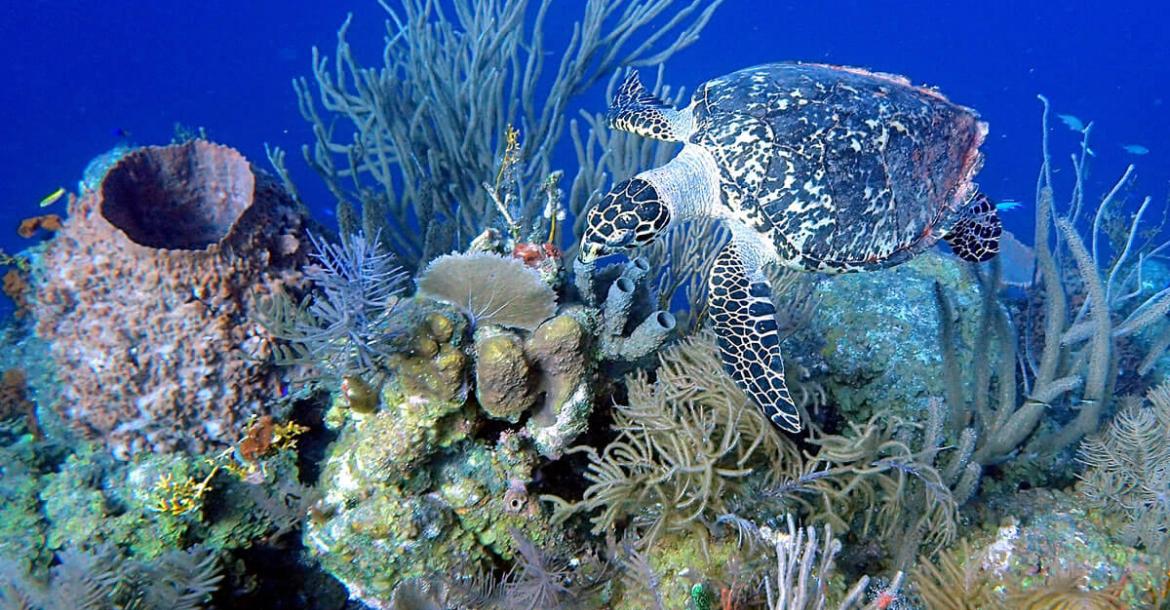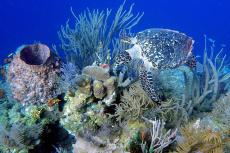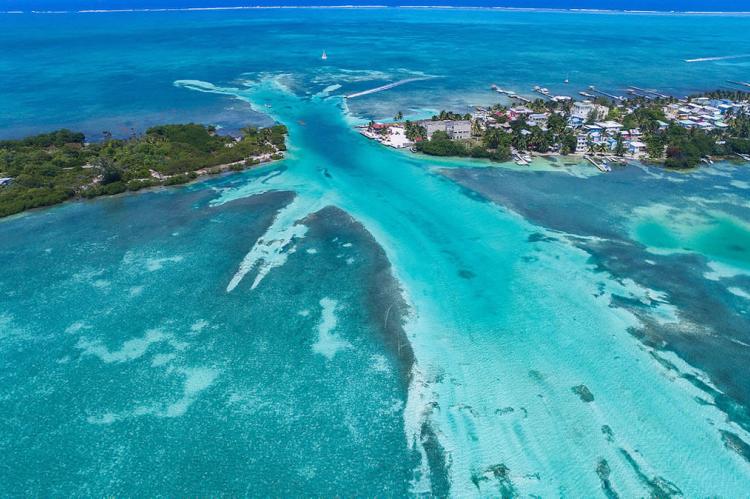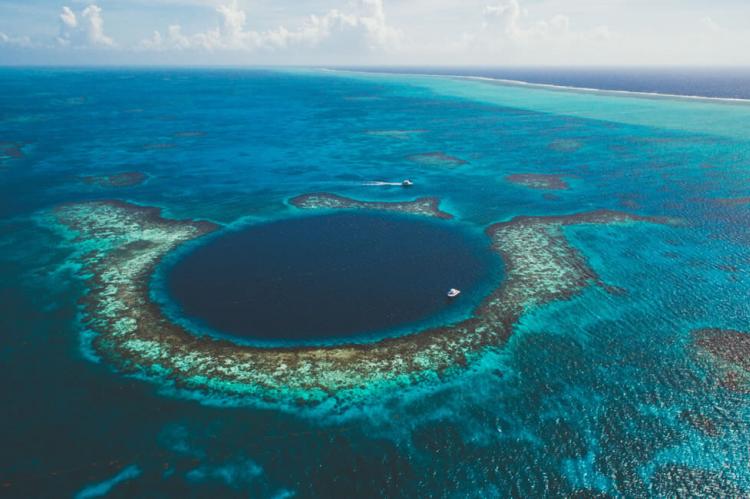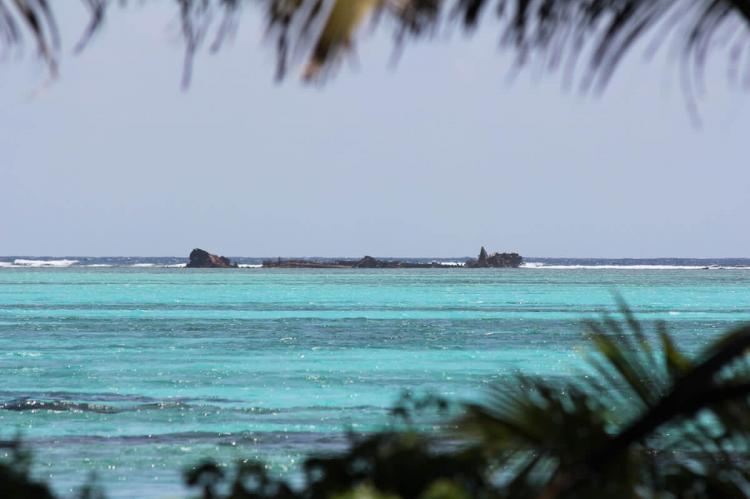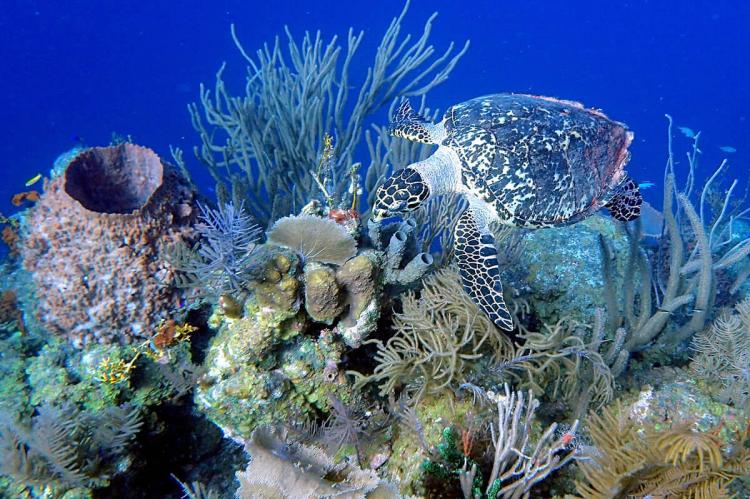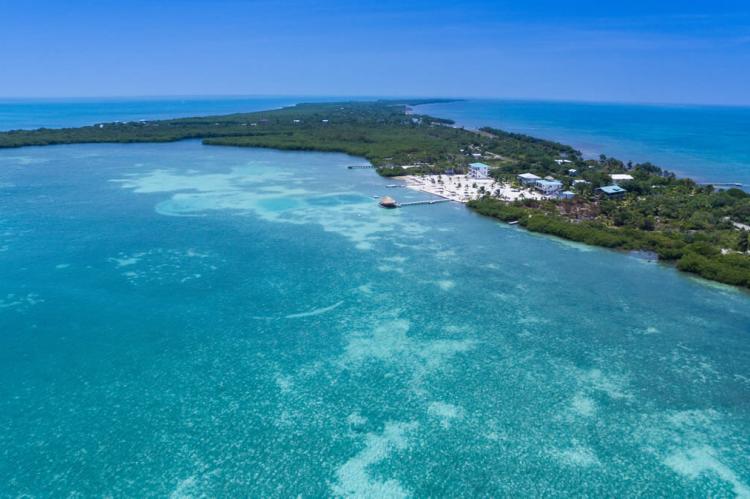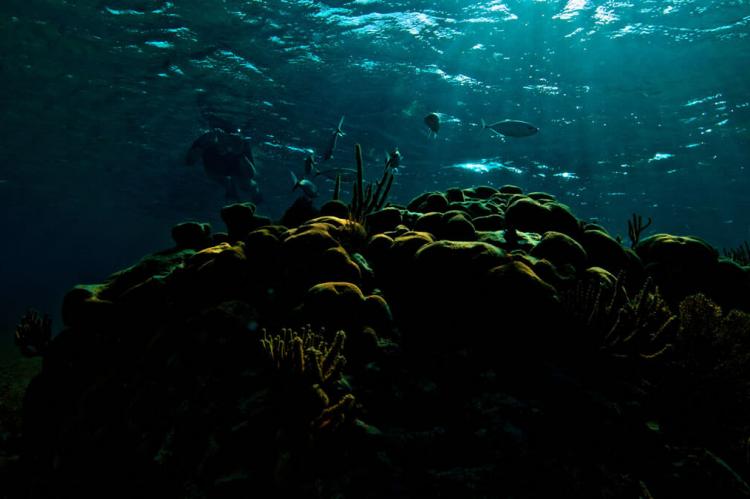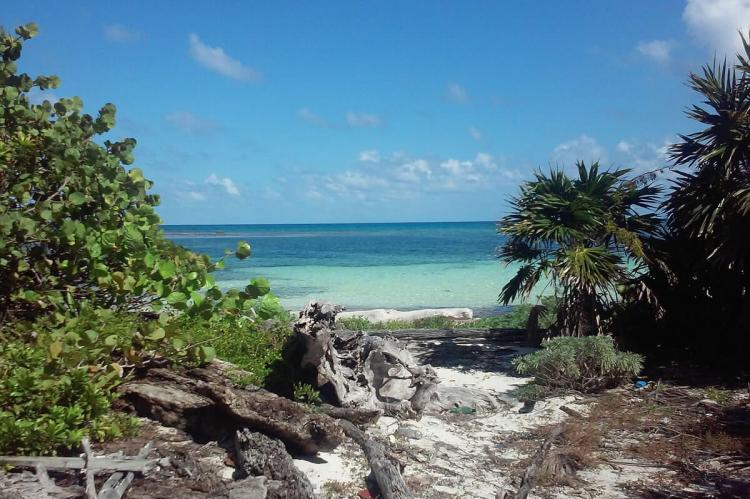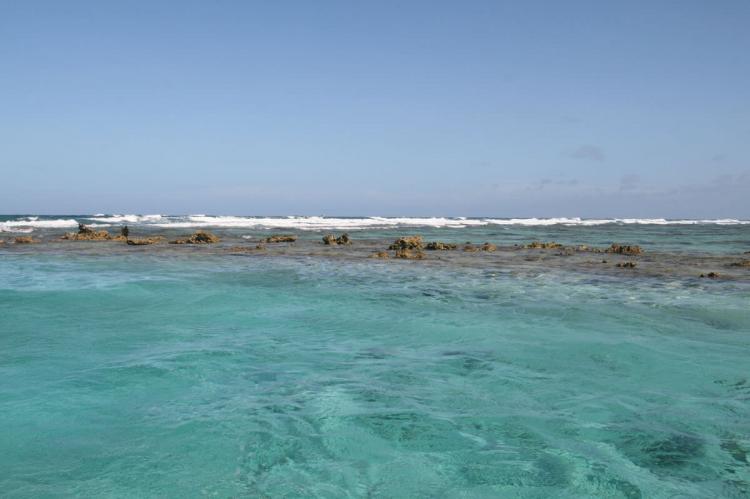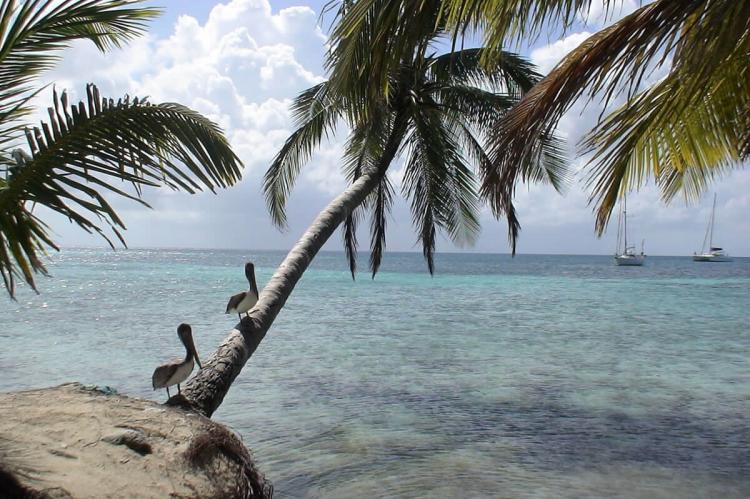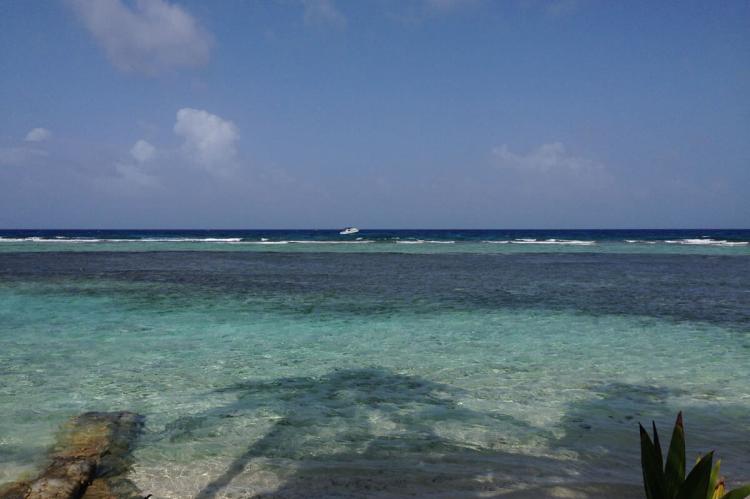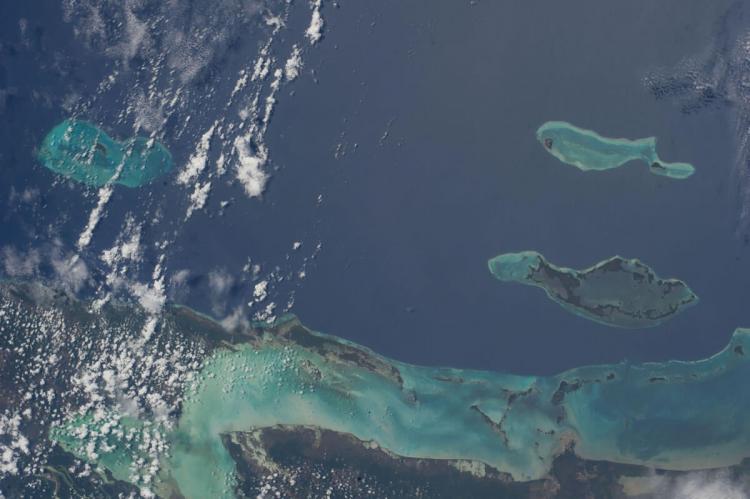Belize Barrier Reef: A Jewel of Ecological Diversity and Conservation
The Belize Barrier Reef is a masterpiece of nature, the world's second-largest coral reef system, and an essential pillar of marine biodiversity in the Northern Hemisphere. It mesmerizes with its complex ecosystems, rare coastal forests, and unique reef types.
Belize Barrier Reef
A Jewel of Ecological Diversity and Conservation
The Belize Barrier Reef, a masterpiece of nature spanning 300 kilometers (186 miles) within the Mesoamerican Barrier Reef System, stands as a cornerstone of marine biodiversity in the Northern Hemisphere. As the second-largest coral reef system globally, it mesmerizes with its intricate ecosystems, rare coastal forests, and unique reef types.
Ecological Marvel
Nestled within the coastal region of Belize, this barrier reef is the epitome of marine grandeur, intertwining offshore atolls, sand cays, mangrove forests, coastal lagoons, and estuaries. The interconnected system, spanning 900 kilometers (560 miles) from Cancún to Honduras, incorporates seven marine protected areas forming the Belize Barrier Reef Reserve System (BBRRS). This conservation network is pivotal in preserving 12% of the entire Reef Complex, making it the most significant barrier reef in the Northern Hemisphere.
Reef Types and Pristine Conditions
The Belize Barrier Reef stands out globally as a repository of multiple reef types within a self-contained area, narrating the evolutionary history of reefs. It is the longest barrier reef in the Northern and Western Hemispheres. Approximately 450 sand and mangrove cayes contribute to the complex, creating a mosaic of habitats for diverse marine life. The reef's thriving corals in pristine conditions showcase the resilience and vitality of this underwater wonder.
Geological Dynamics
The Belize Barrier Reef's geological dynamics, shaped over millennia, present a mesmerizing submarine seascape. Influenced by the rise and fall of sea levels, natural karst topography, and crystal-clear waters, the reef boasts patch reefs, fringing reefs, pinnacle reefs, barrier reefs, off-shelf atolls, rare deep-water coral reefs, and distinctive features like the renowned Blue Hole and Rocky Point. Three atolls outside the main complex – Turneffe Island, Lighthouse Reef, and Glover's Reef – further enhance the UNESCO-protected property, offering a visual spectacle of exceptional reef growth in the Caribbean Sea.
Thriving Ecosystem
Beyond its geological marvels, the Belize Barrier Reef is a thriving ecosystem hosting a diverse array of top predators on land, in the sea, and in the air. From the jaguars of Bacalar Chico to the great hammerheads in the Blue Hole and the ospreys of Glover's Reef, these inhabitants underscore the ecological integrity and vital significance of this remarkable reef system. The interdependence of these species emphasizes the delicate balance maintained within the reef's complex web of life.
Conclusion
The Belize Barrier Reef is not only a geographical marvel but also a testament to the importance of conservation in preserving Earth's natural wonders. Its unique blend of reef types, pristine conditions, and diverse marine life make it a jewel of ecological diversity. As conservation efforts evolve, the Belize Barrier Reef remains a symbol of hope and inspiration for future generations, urging us all to be stewards of our planet's remarkable biodiversity.
